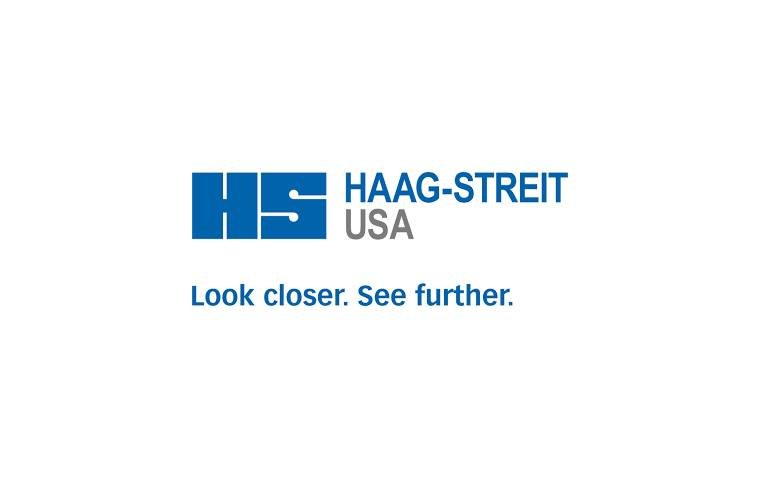
Thea Pharma Launches New Website to Support Ophthalmologists with Iyuzeh
Thea Pharmaceuticals launched a new website aimed at providing comprehensive resources to ophthalmologists for the effective use of latanoprost ophthalmic solution 0.005%, marketed as Iyuzeh, in patient care.
This initiative comes in response to feedback from Eye Care Professionals (ECPs) who expressed a need for better patient education materials and simplified prescription filling processes.
"We have heard from ECPs about their challenges in educating patients and ensuring they understand the benefits and proper use of Iyuzeh," remarked a spokesperson from Thea Pharma. "Our goal is to equip ECPs with the necessary tools to facilitate informed discussions and support patients in managing their eye health."
Patient-Facing Brochure and Post-Visit Resources
The newly launched patient-facing brochure is designed to aid ECPs in reviewing essential information about Iyuzeh and guiding patients through the prescription filling process during and after office visits. Additionally, the website serves as a valuable post-visit resource, offering a range of instructional materials, visuals, and downloadable content to enhance ECPs' knowledge and patient support capabilities.
Introduction of Iyuzeh in the U.S. Market
In September 2023, Thea Pharma introduced Iyuzeh, a preservative-free formulation of latanoprost, to the U.S. market. This formulation, originally launched over a decade ago under the brand Monoprost and currently available in 46 countries, has been used by approximately 1.5 million patients monthly. It is noted for its efficacy in lowering intraocular pressure (IOP) in patients with primary open-angle glaucoma (POAG) and ocular hypertension (OHT).
Efficacy of Latanoprost Ophthalmic Solution
Latanoprost ophthalmic solution has demonstrated significant IOP reduction in clinical trials compared to other treatments. In randomized, controlled studies involving patients with POAG or OHT, the solution showed a reduction in IOP ranging from 3 to 8 mmHg, comparable to other established treatments such as Xalatan.
(1).jpg)










